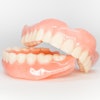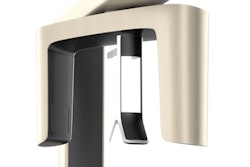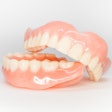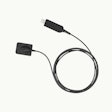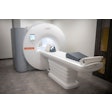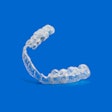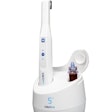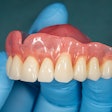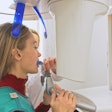The American Association of Endodontists (AAE) and the American Academy of Oral and Maxillofacial Radiology (AAOMR) issued a revised position statement on the use of cone-beam CT (CBCT) in endodontics.
Cone-beam CT should not be used routinely for endodontic diagnosis or screening purposes in the absence of clinical signs and symptoms, according to the statement. In addition, 11 specific recommendations and supporting evidence for when CBCT should be considered the imaging modality of choice are offered in this statement, which is an update from a 2010 position statement.
The statement notes that the patient's history and clinical examination must justify the use of CBCT by demonstrating that the benefits to the patient outweigh the potential risks. It is also consistent with principles of ALARA, which is defined as keeping patient radiation doses "as low as reasonably achievable."
"Endodontists continue to have excellent results with two-dimensional radiography," stated AAE President Terryl Propper, DDS, in a press release. "However, limited-field-of-view CBCT does have a place in endodontics when dealing with more complex cases, which are reflected in the position statement. Our goal is to help AAE members and general dentists determine where it fits for them."
"Dental imaging is interlaced with endodontics not only for accurate diagnosis but for periodic evaluation of certain treatment outcomes," stated AAOMR President Christos Angelopoulos, DDS, in the release. "Complex cases may require the use of advanced imaging modalities such as CBCT for proper diagnoses, although advanced imaging may not be necessary as a routine diagnostic tool. The collaboration of AAOMR and the AAE aims to provide guidance to general dentists and endodontists based on the available evidence. The main goal of the two organizations is simply to guide practitioners toward 'best practice.' "
The agreement on the position statement came in mid-May, with a press release issued by AAE on July 1.

